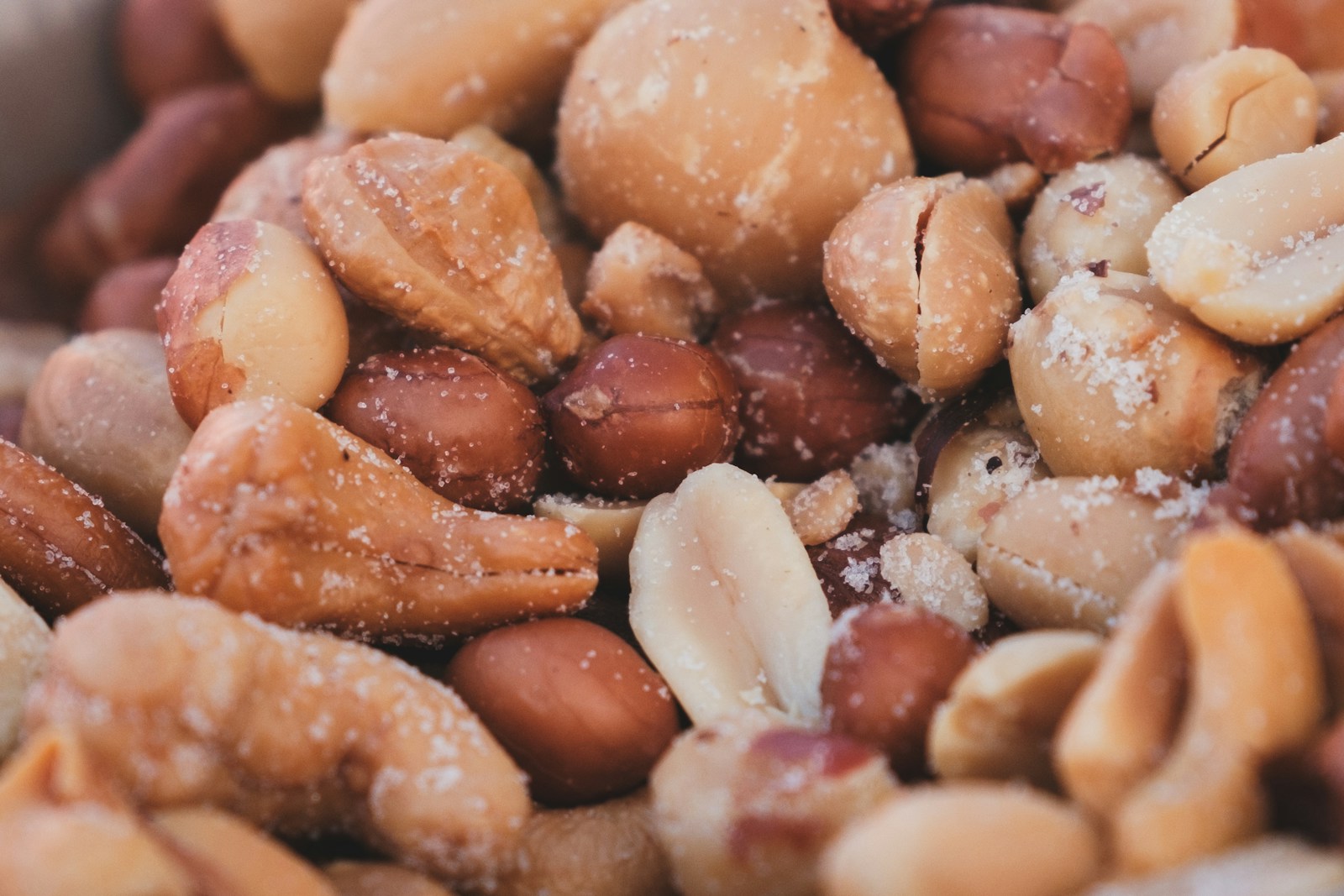Why Are the Peanuts Wet? An Ode to the South’s Best Roadside Snack

On any long drive through the rural roads of Georgia, you are bound to see them. Hand-painted signs, often propped up on the back of a pickup truck, with a simple, enticing message: "BOILED PEANUTS." For the first few months I lived here, these signs were a complete puzzle to me. Peanuts, in my experience, were supposed to be roasted, crunchy, and salty. The idea of boiling them seemed strange, even a little unappetizing.
Then, on a road trip with my host family, they insisted I try them. We pulled over to a roadside stand where a man was stirring a giant, steaming cauldron. He scooped a pound of the wet, soft-shelled peanuts into a paper bag, and my education began.
The first thing you notice is the texture. A boiled peanut is not crunchy at all. The shell is soft and damp, and the nut inside has a texture similar to a cooked bean, like an edamame. The flavor is salty, savory, and completely unique. They are, I discovered, incredibly delicious and addictive.
I was so intrigued that I decided to do some research, and I discovered that boiled peanuts have a deep and fascinating history in the American South.
A Food of Necessity and History
Boiled peanuts are not a modern invention. Their story is tied to the history of agriculture and slavery in the region. Peanuts, which are technically legumes, not nuts, were brought to the Americas from Africa during the slave trade. Enslaved Africans, who were familiar with boiling groundnuts in their native cuisines, are believed to have been the first to boil peanuts in the American South.
The practice became widespread because it was a food of practicality. The peanuts that are used for boiling are "green" peanuts—freshly harvested nuts that have not yet been dried. Before modern transportation and refrigeration, these green peanuts would spoil quickly. Boiling them in heavily salted water was a way to preserve the harvest and create a nutritious, high-protein snack for working families. It was a way of turning a perishable crop into a stable food source.
A Cultural Icon
Over time, boiled peanuts evolved from a food of necessity into a beloved cultural icon. They became synonymous with Southern summers, with road trips, and with watching football games. The roadside stands are often family-run businesses, passed down through generations.
Today, there is a friendly debate among connoisseurs. Some prefer the simple, classic salt-brined peanuts. Others love the "Cajun" style, where the peanuts are boiled with a spicy mix of cayenne pepper, garlic, and other seasonings.
For me, boiled peanuts have become more than just a snack. They are a symbol of the unique culinary traditions of the South. They are a food with a deep connection to the history and the soil of this place. They are a puzzle that, once solved, reveals a delicious story about how a culture is made. So if you are ever driving through Georgia and you see one of those hand-painted signs, I highly recommend you pull over.
